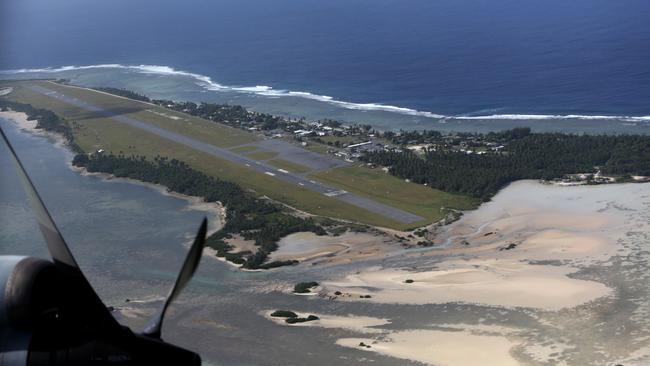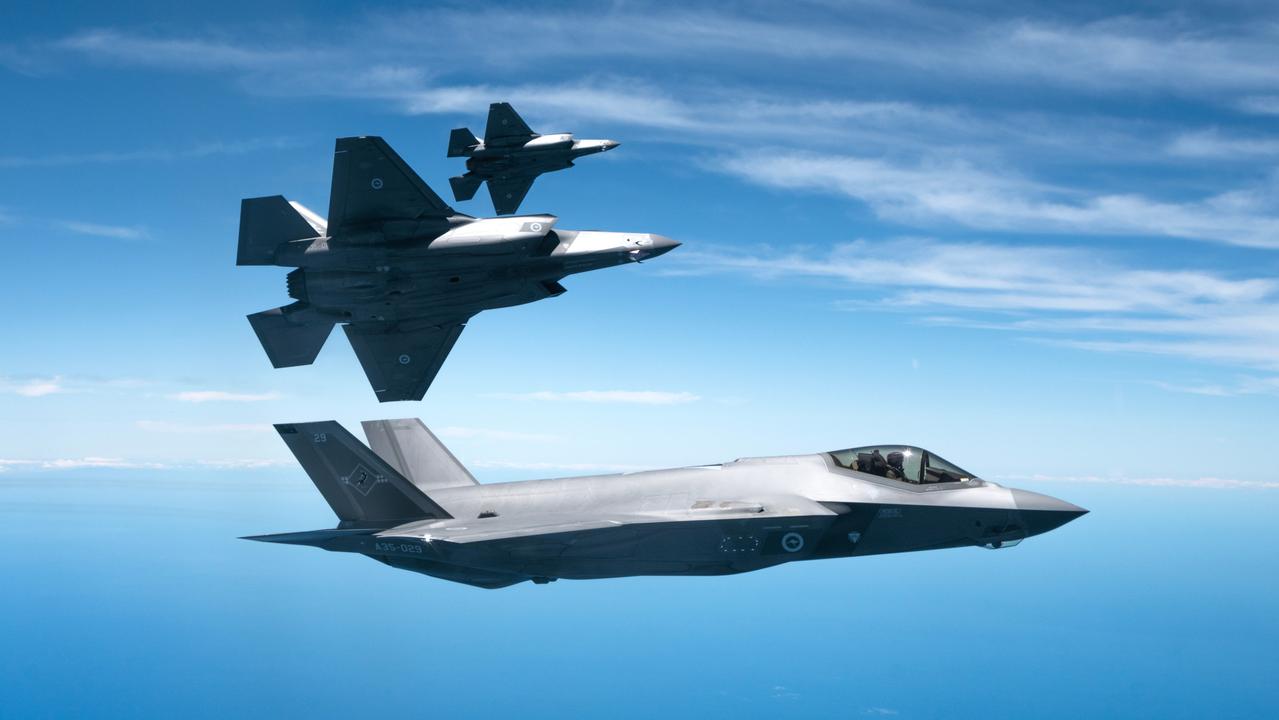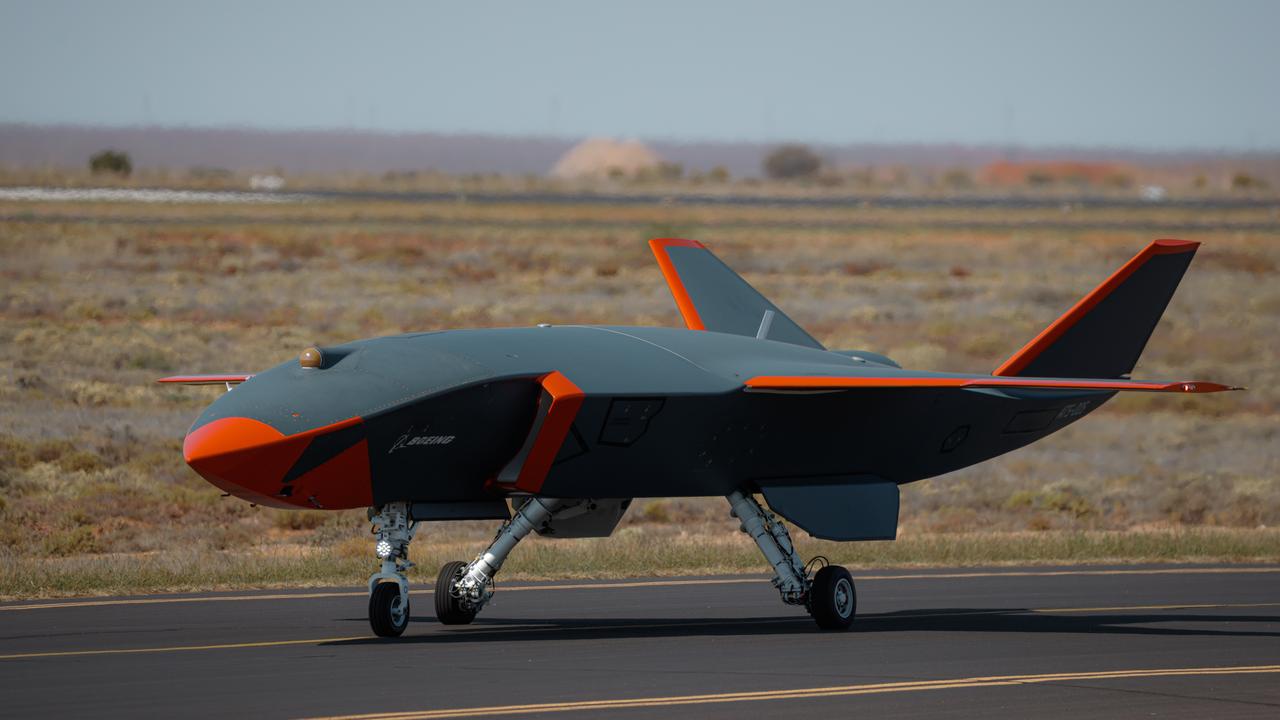Comprehensive upgrade works to northern bases ‘imperative’
The failures of Defence and successive governments to harden Australia’s northern air bases and secure adequate fuel supplies has been laid bare in the recent Defence Strategic Review.

The failures of Defence and successive governments to harden Australia’s northern air bases and secure adequate fuel supplies has been laid bare in the recent review into the structure and posture of the Australian Defence Force commissioned by the Albanese government.
The Defence Strategic Review (DSR) released in April does not mince its words. “Operations from Australia’s northern base network will be a high priority. Air Force must be able to maintain a network of northern air bases with appropriate hardening and dispersal,” the report reads.
“Most of those recommendations relating to the northern bases have not been implemented, (but) … it is now imperative that our network of northern bases is urgently and comprehensively remediated.”
Furthermore, the DSR states that “comprehensive upgrade works” on these bases must commence immediately and fuel storage and supply issues rectified.
The report also states that this network of bases, stretching from Cocos Islands in the Indian Ocean, across Northern Australia to Townsville, must allow the ADF the capacity to deny an adversary’s attempt to project power against Australia through our northern approaches. “There must be immediate and comprehensive work on these air bases undertaken in the following areas: hardening and dispersal; runway and apron capacity, fuel storage and supply; guided weapon storage connectivity; accommodation and life support, and security”, the DSR further details.
Defence has a series of significant air base enhancement projects under way, including upgrades to the airfield on Cocos Islands – considered essential as a forward operating base for the Royal Australian Air Force’s intelligence gathering and surveillance assets – and major works at Tindal in the Northern Territory in partnership with the US.
Under the US Force Posture Initiatives (USFPI) signed between the two countries in September 2011, significant US investment in infrastructure and training areas has occurred in the Northern Territory. Under this umbrella agreement, the Enhanced Air Cooperation (EAC) agreement with the US Air Force is also overseeing major infrastructure work at Tindal and at RAAF Bases Darwin to cater for the rotational deployment of US strategic bombers and large air mobility aircraft, such as the RAAF’s KC-30A Multi-Role Tanker Transports (MRTT).
Major upgrade works are being undertaken under the EAC agreement up until 2027, including the lengthening of the runway at Tindal, construction of parking for large and heavy aircraft and a new six-megalitre fuel facility.
Several existing air bases, such as Darwin and Townsville, will also undergo “midterm refresh” work and the runway, taxiway and airfield lighting on Cocos Islands are being upgraded to support regular deployments of large aircraft such as the RAAF’s P-8A Poseidon maritime surveillance aircraft and the MC-55A electronic intelligence gathering platform.
Also included in the network of air bases are RAAF Bases Learmonth and Curtin in northwest Australia, and Scherger on Cape York Peninsula, but these are “bare bases” with very little infrastructure, let alone hardened facilities. As it stands today, despite the upgrade works underway, not one of Australia’s air bases, anywhere, is hardened against attack.
And it’s not just infrastructure that is lacking, the DSR also notes that enhanced domestic security and response Army Reserve Brigades will be needed to protect these facilities and other critical infrastructure across the vast spaces of Northern Australia.
Yet despite the federal budget brought down by Treasurer Jim Chalmers on May 9 stating that “upgrades and development of Australia’s northern network of bases, ports and barracks are being prioritised to support implementation of the DSR”, it does not allocate a single dollar to hardening these important bases over the foreseeable future.


